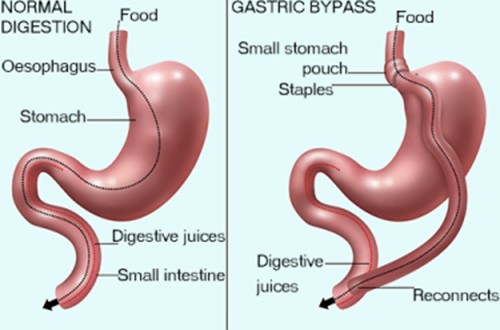Based on the diagnosis of Dehydration, select which IV solution will be ordered to treat waiting this patient.
5% dextrose in Lactated ringers
0.45% sodium chloride
0.9 Sodium chloride
3% Normal Saline
The Correct Answer is C
0.9% Sodium chloride is a balanced isotonic solution that closely resembles the electrolyte composition of the extracellular fluid. It is commonly used to treat dehydration because it helps restore fluid volume and electrolyte balance in the body.
5% dextrose in Lactated Ringers: This solution is typically used for fluid and electrolyte replacement in patients who have significant fluid losses or imbalances, but it may not be the best choice for dehydration alone.
0.45% sodium chloride: This solution, also known as half-normal saline, has a lower concentration of sodium chloride and is often used for patients who require hypotonic fluids. It may not provide enough electrolyte replacement for a dehydrated patient. 3% Normal Saline: This solution has a higher concentration of sodium chloride and is typically used for specific indications, such as severe hyponatremia or in critical care settings. It is not the first-line choice for treating dehydration.
Nursing Test Bank
Naxlex Comprehensive Predictor Exams
Related Questions
Correct Answer is ["A","B","D","E","F","G","H","J"]
Explanation
● Weight 98 lbs: This information helps determine the patient's baseline weight and assess for potential weight loss associated with dehydration.
● Dehydrated: The diagnosis of dehydration indicates a critical condition that requires immediate attention and intervention.
● Lethargy: Lethargy suggests a decreased level of consciousness and could indicate a severe state of dehydration or other underlying issues that need to be addressed promptly.
● HR 122: A heart rate of 122 beats per minute is elevated and may indicate compensatory mechanisms in response to dehydration or other underlying conditions. It requires further evaluation and intervention.
● Shortness of Breath: This symptom suggests respiratory distress and may be related to the patient's dehydration or underlying conditions. It requires immediate assessment and intervention.
● Temperature 100: An elevated temperature may indicate an underlying infection or inflammatory response. It requires further evaluation to determine the cause and guide appropriate treatment.
● Thirsty: The patient's report of feeling thirsty is an important symptom indicating dehydration and the need for fluid replacement.
● BP 90/50: A blood pressure of 90/50 is low and may be indicative of hypotension, which can occur in dehydration. It requires close monitoring and intervention to stabilize the patient's blood pressure.
The following items are not immediate concerns based on the given information: ● Admitted to the ER: While it is important information, it is not a current concern as the patient is already in the ER.
● Female: The patient's gender is not an immediate concern for the assessment and management of dehydration.
Correct Answer is ["A","C","D"]
Explanation
Each of your meals should contain about 10 tablespoons of food: After gastric bypass surgery, the stomach's size is reduced, and the patient's capacity to consume large quantities of food is limited. It is important to educate the patient about appropriate portion sizes to avoid overeating and potential complications.
Be certain to stay hydrated by drinking water: Hydration is crucial after gastric bypass surgery. Patients should be advised to drink enough water throughout the day to prevent dehydration and ensure proper bodily function.
Solid food can be introduced back into the diet in a week: Following gastric bypass surgery, the diet is initially limited to liquid and pureed foods. Gradually, solid foods can be reintroduced into the diet over time, typically after a week or as directed by the surgeon. This information is important for the patient to understand the progression of their diet post-surgery. You are likely to have little urine output for the first few weeks: This statement is not true and may cause unnecessary concern for the patient. Urine output should not be affected by gastric bypass surgery unless there are other complications.
Report any back, shoulder, or abdominal pain to the surgeon: While it is important to report any significant pain or discomfort to the surgeon, including back, shoulder, or abdominal pain, this is not specific to discharge teaching for gastric bypass surgery. Pain management and reporting should be covered during the post-operative care instructions, but it is not limited to discharge teaching alone.

Whether you are a student looking to ace your exams or a practicing nurse seeking to enhance your expertise , our nursing education contents will empower you with the confidence and competence to make a difference in the lives of patients and become a respected leader in the healthcare field.
Visit Naxlex, invest in your future and unlock endless possibilities with our unparalleled nursing education contents today
Report Wrong Answer on the Current Question
Do you disagree with the answer? If yes, what is your expected answer? Explain.
Kindly be descriptive with the issue you are facing.
